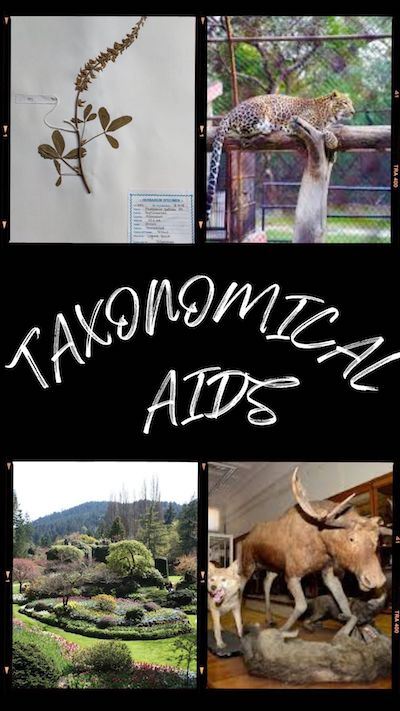“Taxonomical aids plays vital role in studying Taxonomy” Taxonomy definition: Taxonomy is the science of identifying, naming and classifying the living organisms. The classification of
Dr. Sangha Bijekar
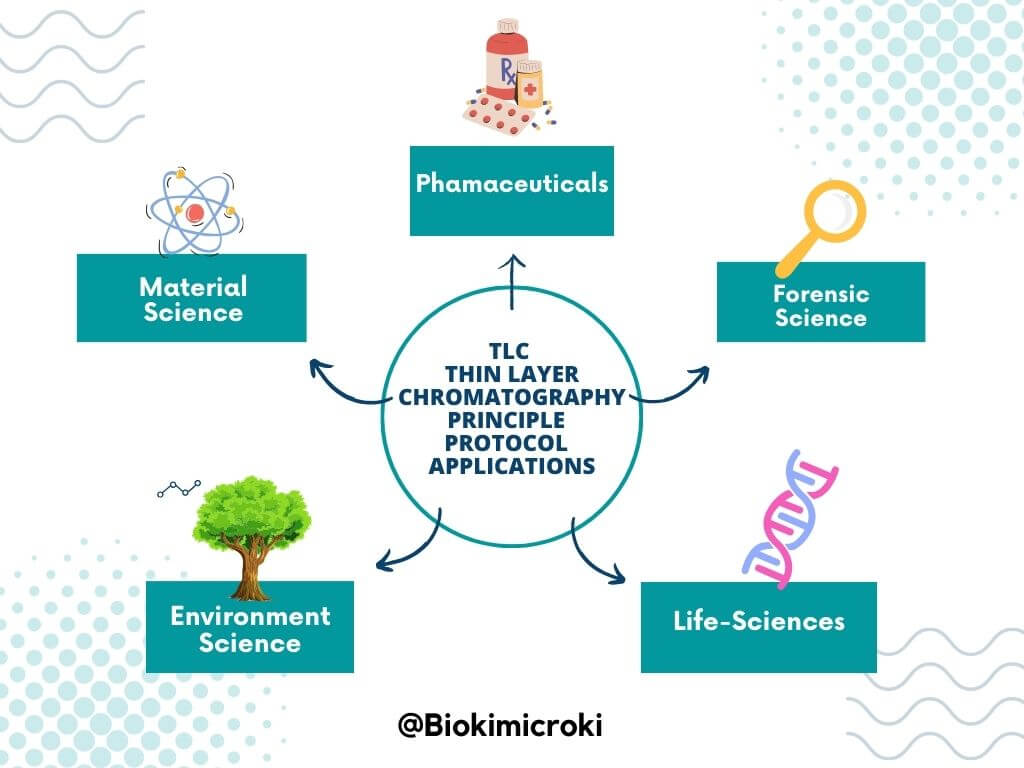
Introduction to TLC – Thin Layer Chromatography (TLC) is one of the chromatographic techniques used for isolation, identification and quantification of molecules from complex mixtures.

“Plasmolysis term is derived from latin word plasma meaning matrix and lysis means loosening i.e. loosening of cell matrix”. Aim – To study and observe

Dear Readers,Being a biology lover, the biokimicroki team understand your passion and interest towards the biology and at the same time we also understand the
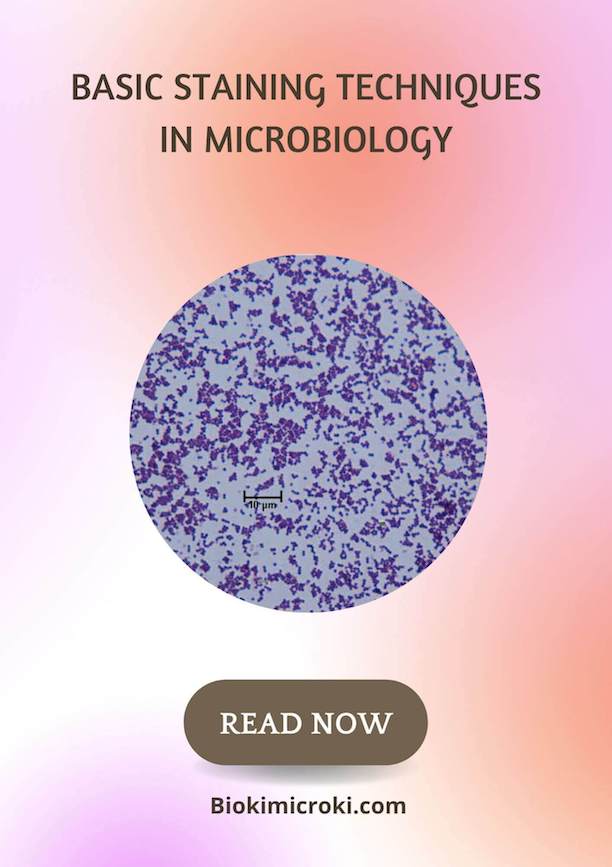
Staining technique is one of the fundamental technique in Microbiology used for observing the microbes under microscopes. The staining technique enhances and bring contrast in

Culture media is a nutrient rich liquid or gel the supports the growth of microorganisms. Microorganisms are omnipresent and grow in variety of habitat and
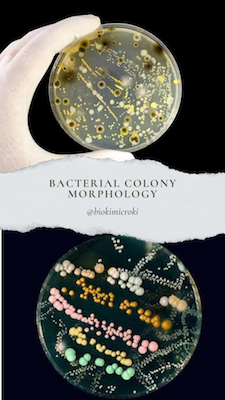
“Bacterial colony morphology is the fundamental step for characterization and identification of bacteria“ In order to study microbes, we grow the bacteria in laboratory. We
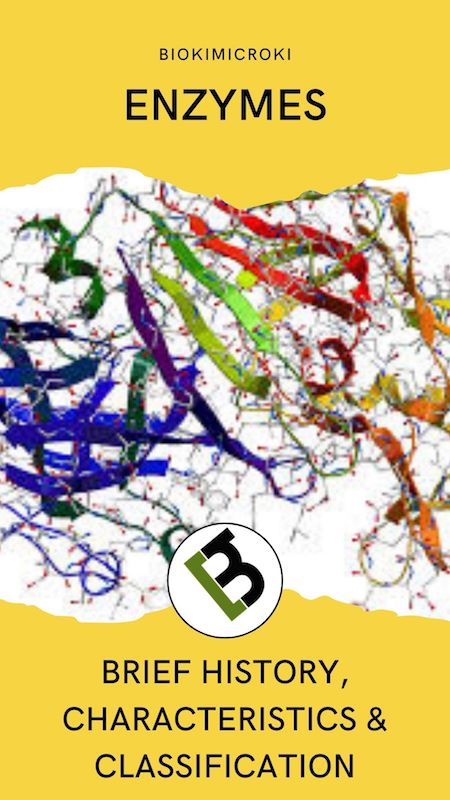
‘Enzymes are responsible for Chemistry of life’ Introduction to Enzymes – The living cells are actively involved in synthesizing required biomolecules and degrading waste. This

Svante Pääbo received a call on 3rd october 2022 from Adam Smith, the Chief Scientific Officer of Nobel Prize Outreach. Over the phone, Adam announced
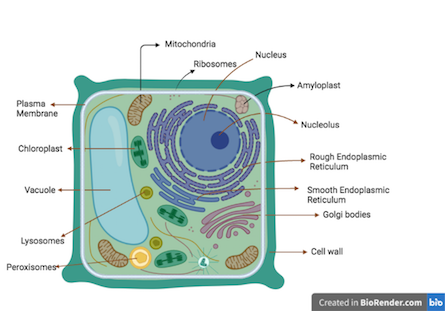
Introduction – Plants are multicellular organisms and their cells are eukaryotic. Like animal cells, the plant cells have membrane bound organelles and a nucleus. However,

Human Reproductive system follows Sexual mode of Reproduction where two genders are involved where their gametes fused to form offspring Reproduction is a natural phenomenon

Bacteriophage literally means bacteria eater, because they infect bacteria and kill them. It means bacteria are host to the bacteriophage. Like other viruses, bacteriophages are
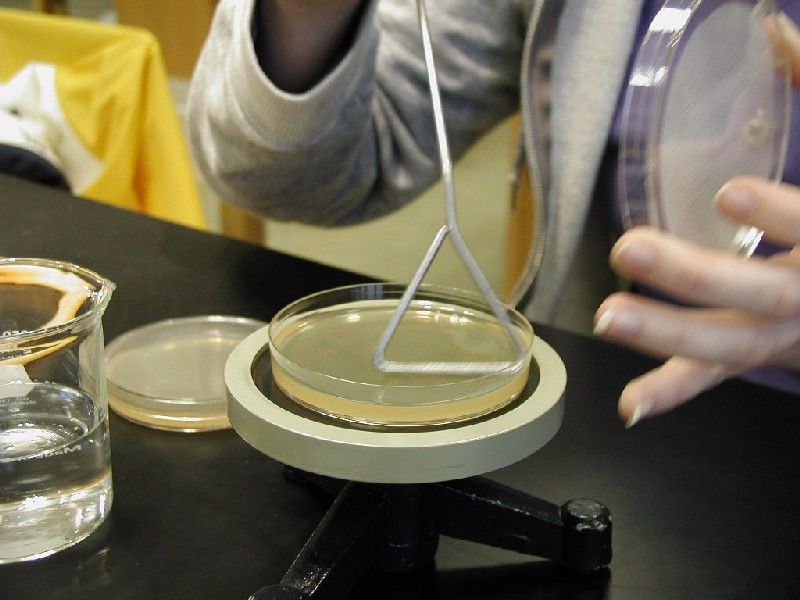
What is Pure (Axenic) culture? It is laboratory microbial culture which contains only one specific species of microorganism. Why do we need it? Microorganisms are
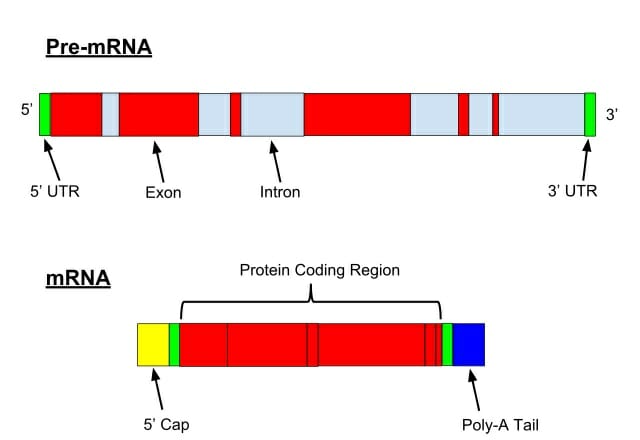
In central Dogma of life, we have studied that DNA replication, transcription and translation are vital molecular processes. In Eukaryotes, the transcription is followed by
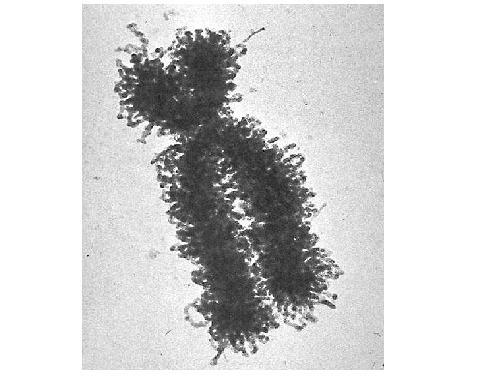
For each chromosome contributed by the sperm there is corresponding chromosome contributed by egg, there was two chromosome of each kind, which together constitute a
